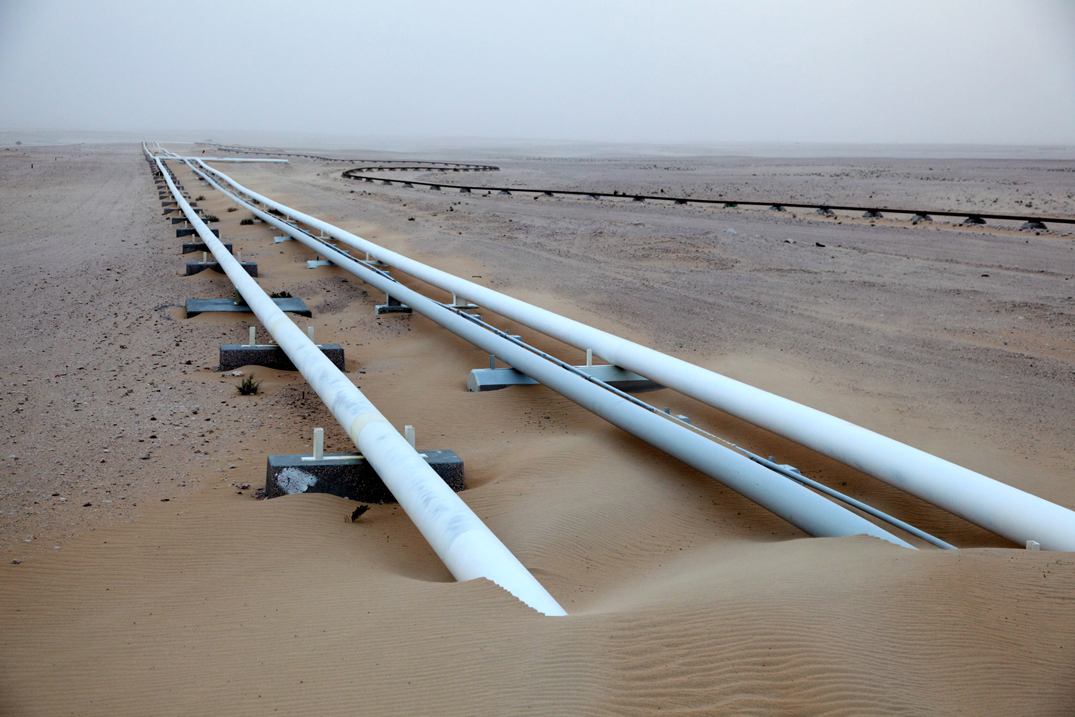Pipeline Engineering
Pipeline engineering in the oil and gas industry involves the design, construction, and maintenance of complex networks of pipelines that transport crude oil, natural gas, and refined products over vast distances. These pipelines serve as critical infrastructure, facilitating the safe and efficient transportation of hydrocarbons from production sites to processing facilities and end-users. Pipeline engineers must consider various factors, including terrain, pressure requirements, corrosion protection, and safety regulations, while optimizing the design to minimize environmental impact and operational costs. The discipline plays a pivotal role in ensuring a reliable and continuous supply of energy resources, supporting the global demand for oil and gas in a sustainable manner.
FDP Feedback Report
Construction and maintenance
Construction entails laying the pipeline, often underground, using advanced techniques and specialized equipment. Maintenance is essential to ensure the pipeline's integrity, involving regular inspections, repair of any damages, and preventive measures to extend its operational life and ensure safe and efficient transportation of resources.
Pipeline Concept Study
During this stage, a comprehensive assessment of the project's feasibility, viability, and environmental impact is conducted. Engineers, environmental experts, and stakeholders collaborate to define the project's scope, identify potential routes, and analyze the economic and environmental implications of the proposed pipeline.
Main Tasks and Deliverables in Pipeline Design
In the Pipeline Design phase, the engineering team takes the findings from the Concept Study and translates them into detailed technical plans and specifications for the pipeline construction. This phase involves intricate tasks such as selecting appropriate materials, determining pipeline diameter and thickness, designing pump or compressor stations, and configuring safety measures.